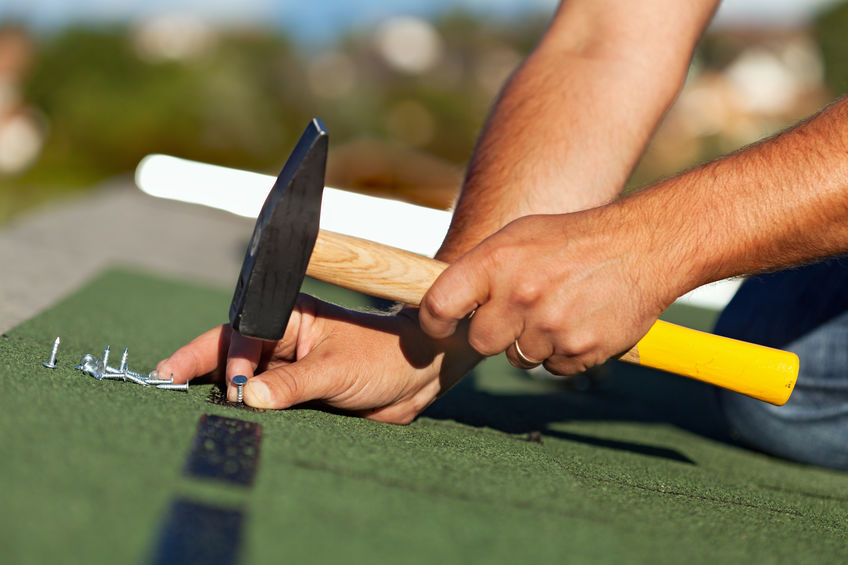Strong winds are among the most prevalent cause of roofing damage that roofers can attest to. Many homes and buildings in the entire country, regardless of their specific location, are strongly impacted by winds associated with powerful storms, and of course even more so those resulting from nearby tornadoes and hurricanes.
As a result, it stands to reason that one of the most important tools for ensuring a long lifespan for any roof is the prevention of wind damage. There are, of course, many ways to do this, but some of the most effective means are described below.
The Risks Associated with Wind Damage
Wind damage is typically associated with surface damage, such as shingles and tiles being broken off and pieces of flashing being detached from the roofing structure, which paves the way to water damage once a storm hits. However, there are more ways that wind can damage your roof, both directly and in an indirect fashion:
- It’s possible for strong winds to dislodge shingles and other roofing elements from areas that are difficult to spot. Effectively, this results in common roof inspections missing the damage and then leaks and other roofing damage resulting because of the exposed area.
- Wind damage can result in ventilation problems and the impaired ability for your roof to protect your home against excessive cold and warm temperatures, which leads to condensation and other issues that threaten the safety and integrity of your roof.
- If you have a gutter system, the wind can affect that as well. That prospect leads to the roof being affected indirectly by pooling water and improper drainage.

How to Prevent and Deal with Wind Damage
Frequent and thorough roof inspections are very much recommended when you live in a windy area or when your area has dealt with an uncommon number of windy or stormy days throughout the year. To spot wind damage properly, it’s also recommended that you hire experienced Springfield MO roofing contractors for the inspection work, and that you have an inspection at least once every six months. Wind damage, once spotted, has to be fixed as soon as possible. It’s also recommended that you and your roofer get to the bottom of why the wind was able to cause the damage – such as it is revealed in many cases that the advanced age of the roof or some previous damage may have been the main culprit.
Finally, proper preventive maintenance is also very essential. For instance, fixing any mild damage that causes pooling and the weakening of roofing elements, or removing any debris that could be used by the wind to damage your roof. It’s also good to use methods specific to the materials of your roof, for example, paying special attention to the presence of rust and peeling when you have a metal roof.
These practices serve to minimize the risk that wind damage can represent to your roof, prevent the need for costly repairs and increase the lifespan of your roof to a great extent. Replacing flimsy, old roofing systems with a sturdy metal, slate or concrete roof might also be recommended as a long term solution, if your roof is too old to repair properly.

